Common House-Hold Pests
Pests: Argentine Ants
Argentine ant colonies can grow to monumental size. Their colony borders sometimes cover entire habitats. Argentine ant queens also assist with foraging for food. The ant gives off a musty odor when crushed. Worker argentine ants are about one-sixteenth of an inch long. Queen argentine ants are one-eighth of an inch to one-quarter of an inch long. Colonies can have many Queens.
Honey bees
Honey bees are social insects found all over the world. They are an extremely important beneficial insect because of their role in pollination. Honey bees pollinate more than 100 crops in the U.S. Honeybees do sting, but they only sting once. The sting can be extremely painful if the stinger is not immediately removed from the sting. Persons allergic to insect stings will have a more severe reaction. 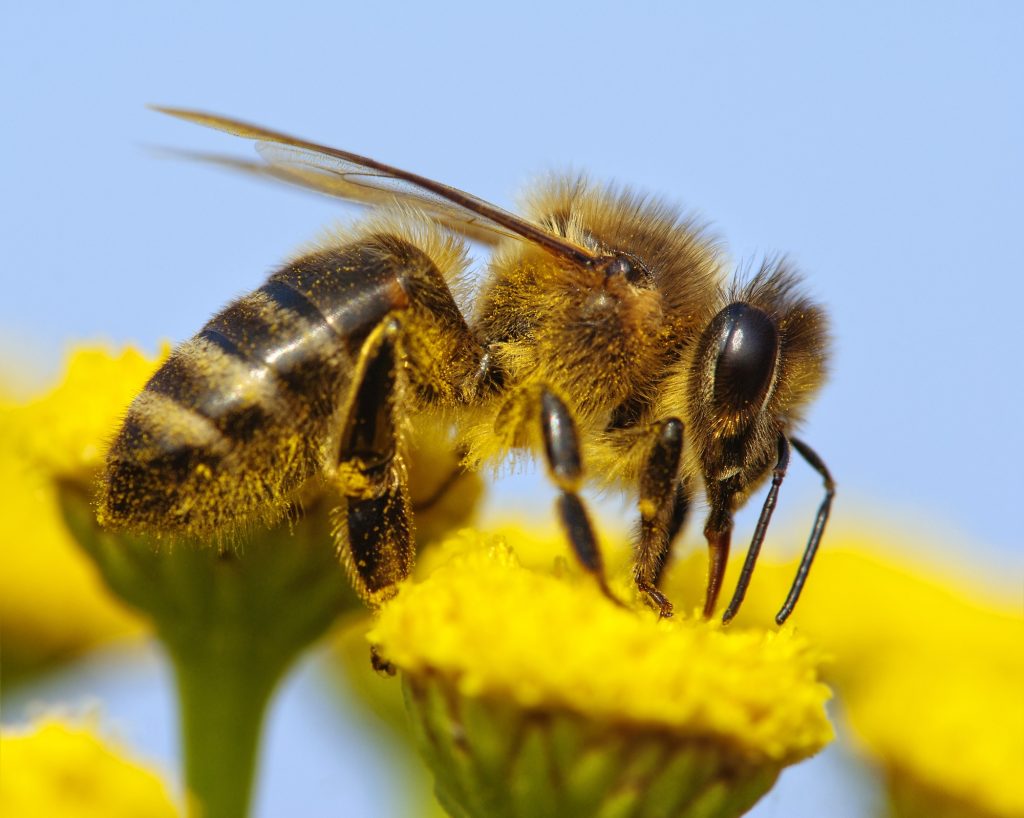
Cockroaches
The German cockroach is by far the most important and usually the most common of the cockroaches. In addition to being a nuisance, the German cockroach has been implicated in outbreaks of illness and allergic reactions in many people. This species has worldwide distribution. German cockroaches can be found throughout structures but show a preference for warm and humid places. They are usually found in kitchens and secondarily in bathrooms, but infestations often occur in rooms where people eat and drink.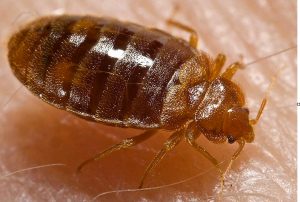
Fleas
Fleas are parasites that feed on the blood of any warm-blooded body. The most common species is the cat flea, which often feasts on cats, dogs, and humans. Fleas transport themselves on rodents and other mammals. They infest both household pests and wild animals. Fleas use their powerful legs to jump as high as 8 inches vertically and 16 inches horizontally. Fleas are the most common transmitter of the rare Bubonic Plague.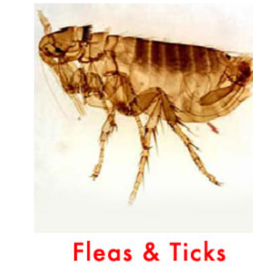
Rats
Roof rats get their name from their tendency to be found in the upper parts of buildings. Ranging in size from 6 to 8 inches in length, not including their tails, they have very poor vision and are color blind. They do have extremely strong senses of hearing, smell, touch, and taste. Roof rats are known for the damage they cause by chewing on materials and eating stored foods. Roof rats can be found in the upper parts of buildings, and can also be found under, in, and around structures. They only need a space of one-half inch to get into buildings.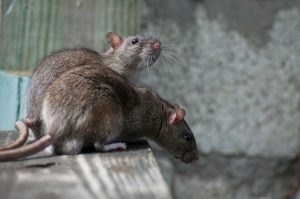
Mice
The house mouse is the most common rodent pest in most parts of the world. It can breed rapidly and adapt quickly to changing conditions. House mice can breed throughout the year and can share nests. House mice live in structures, but they can live outdoors. Microdroplets of mouse urine can cause allergies in children. Mice can also bring fleas, mites, ticks, and lice into your home.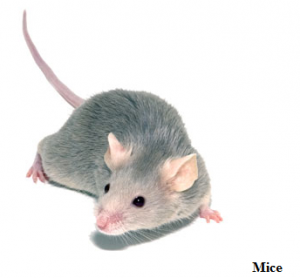
Spiders
Black widow spiders are most recognized for the red hourglass shape under their abdomen. Contrary to legend, female black widow spiders rarely devour the male black widow spider after mating. Black widow spiders spin their webs near ground level. They often build their webs in protected areas, such as in boxes and in firewood. Black widow spiders are often found around wood piles and gain entry into a structure when firewood is carried into a building. They are also found under eaves, in boxes, and in other areas where they are undisturbed.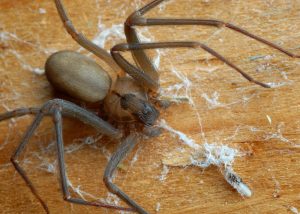
There are other common spiders such as the House spider. Control treatment is virility the same. Controlling a spiders’ food source will help control spiders.
Bed Bugs
The common bed bug (Cimex lectularius Linnaeus 1758) is an ectoparasite insect (a parasite that lives on the outside of the body of the host) of the family Cimicidae. Bed bugs feed only on the blood of humans and other warm-blooded hosts. Although they have a cryptic behavior and can conceal themselves in tight cracks and crevices, bed bugs are often found in bed parts, such as mattresses and box springs, hence the common name.
Stored Grain Pests
“Pantry pests” are insects that tend to gather around food often stored in pantries and cabinets such as flour, dry cereals, spices, candies, and chocolate. Common pantry pests include Indian meal moths and Merchant Grain Beetles.
The Indian Meal Moth was given its name after an insect scientist found it feeding on corn meal, also known as Indian meal. From wing tip to wing tip, adult moths measure from five-eighths of an inch to three-fourths of an inch long. These moths like to feed on dried fruits, grains, seeds, nuts, chocolate, candies, birdseed, dog food, powdered milk, dried red peppers, and candy.
Merchant Grain Beetles are typically not found in grain products, but instead like to attack cereals, cake mixes, macaroni, cookies, and chocolate. Merchant grain beetles are dark brown and have six saw-like teeth on each side of their bodies. They can grow to be one-eighth of an inch long and have very flat bodies. The merchant grain beetle’s body shape allows it to crawl into the packaging to eat, live and have babies.
We care about your family and the environment. We will determine your pest level threshold and customize a pest solution to your needs. We will utilize the Integrated Pest Management (IPM) approach to pest control, which means more than just applying pesticides, but allows our licensed and trained technicians to utilize all available tools and control methods to establish the desired level of control. IPM is a partnership between you and us. Ask about our Environmentally Smart product solutions and services.
IPM
• Inspection and identification
• Sanitation
• Trapping
• Exclusion
• Baiting
• Monitoring
We offer a FREE pest inspection by one of our Licensed/Experienced technicians, we will inspect your property and provide you a solution to your pest problem.
When you call us for a FREE inspection, we will visit your property to determine the source and extent of your pest problem. Then we’ll give you a quote. If you accept the quote, we will treat for your pests and provide follow-up services.
To learn how we can help you solve your particular pest problem, please give us a call.
